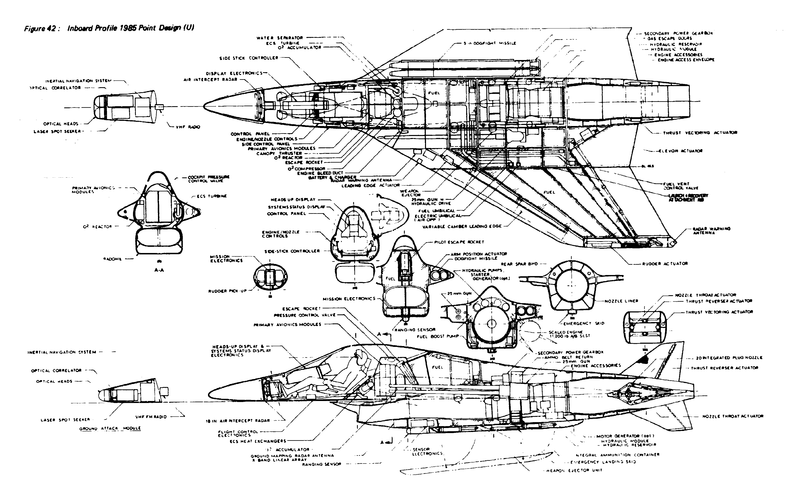I kind of have to question the wisdom of pursuing a lightweight fighter, considering the major driver of costs nowadays are the electronics and sensors. Putting them on a small plane, might even make it worse, considering the lack of cooling, power and space puts higher demand on those systems for a given amount of capability.
Afaik, the F-35 delays were partly responsible because of the aforementioned issues.
Case in point - the Gripen E is said to cost $85 million, hardly a 'lightweight' in terms of wallet impact, comfortably in the F-35 price range, with a lot less payload.
Afaik, the F-35 delays were partly responsible because of the aforementioned issues.
Case in point - the Gripen E is said to cost $85 million, hardly a 'lightweight' in terms of wallet impact, comfortably in the F-35 price range, with a lot less payload.




